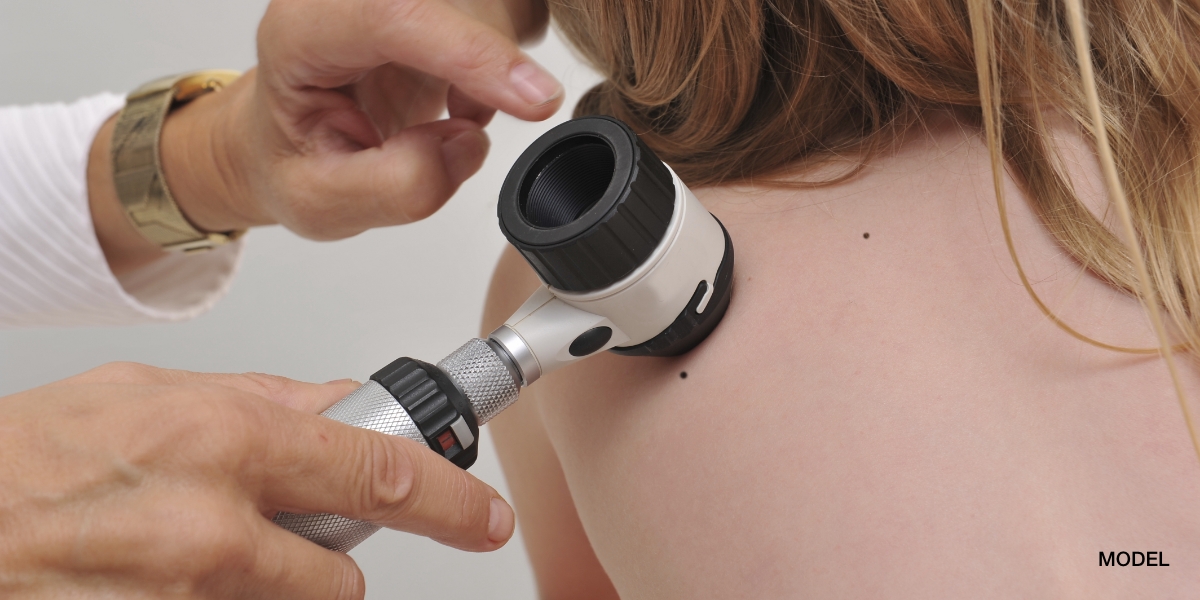Keratoacanthomas are a very common type of Squamous Cell Cancer that I encounter in my The Woodlands dermatology and Conroe dermatology clinics. There are four main types of Keratoacanthoma: Solitary Keratoacanthoma, Multiple Keratoacanthoma, Eruptive Keratoacanthoma, Keratoacanthoma Centrifugum Marginatum. In the past, some dermatologists viewed Keratoacanthomas as a benign reactive lesion but now they are generally considered malignant but are a less aggressive type of Squamous Cell Cancer as they are very well differentiated histologically. Keratocanthomas are most often induced by sun damage and can arise very quickly and enlarge to very large proportions. They have a characteristic appearance as they resemble a volcano with a central crater inside a keratotic nodule. A significant number of Keratoacanthomas can regress and ultimately resolve without intervention. However, this regression can leave residual destruction and scarring. As the biological behavior of each Keratoacanthoma is unknown, I almost always recommend surgical excision as the treatment.





